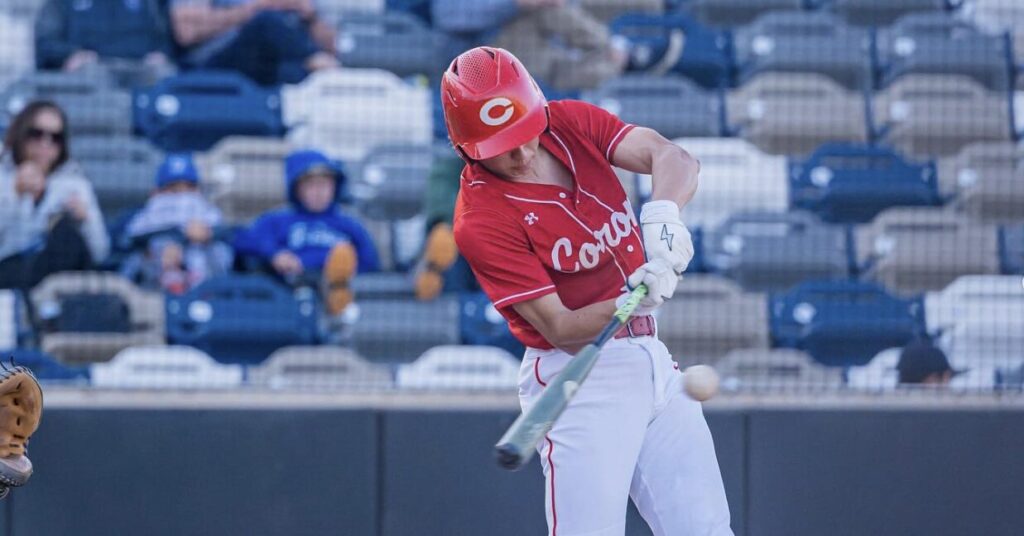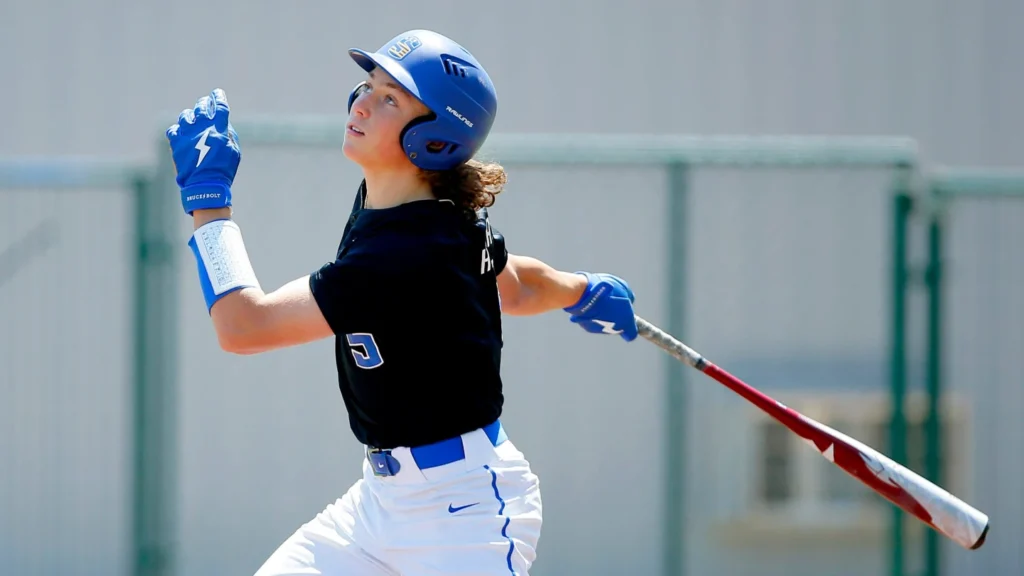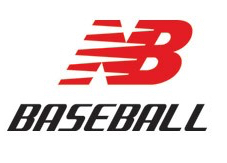EDITOR'S NOTE: The following rankings and evaluations by FSS PLUS are based on subjective analysis and industry sources, and do not influence, are not influenced by, or are affiliated with the opinions and reports of Future Stars Series scouting and development staff.
If you haven't read it already, the Top 300 Draft Prospects released at FSS Plus. Those rankings coincide with these Top 150 High School Prospects.
This is an exceptionally deep high school class. There are currently 125 high school players ranked inside the Top 300 prospects for the Draft. As far as Februarys goes, that's the highest number a preseason board has seen going back to 2021. At this stage, it doesn't seem as though this class has a franchise-altering star prep at the top. But there are plenty of high school talents in this class that project to play over a decade in the big leagues.

HEIGHT: 6-1
WEIGHT: 176
BAT/THROW: R-R
COMMIT: Tennessee
Carlson is polished beyond his years at the plate with supreme pitch recognition and boasts strong bat-to-ball numbers against advanced velocity and tough breaking balls. Passivity early in counts has gotten him into too many pitchers' counts in the past, and strikeout numbers have been streaky because of it, but most scouts believe he has fallen victim to poor umpiring more than anything at times throughout his amateur career. Folks who have paid close attention to his game have never doubted the plan at the plate. He hits the ball on the ground a touch more than scouts would like to see, but it's something evaluators expect to improve with continued maturation and strength. He's always hit the ball with authority, especially for his size. A lean, wiry frame, Carlson projects to add weight and impact as he develops and could eventually blossom into above-average raw power, though he's made it an emphasis to stay athletic and twitchy at this stage in his career.
Carlson has a very strong arm that rivals some of the better high school shortstops of the last decade. It's comfortably plus and will play at the next level. Coupled with a soft glove and clean actions, Carlson has a chance at developing into at least an above average defensive shortstop as a pro. It's a shortstop frame with rangy actions and quick hands around the bag. He's got the best actions of any infielder in the class and is the best bet you'll find to play shortstop in the big leagues in this draft class.
Carlson also pitches and features a high-spin breaking ball with big lateral action. He's been up to 97 mph. Most believe his future is on the dirt. Carlson will be 19 years old on draft day.
Carlson's biggest vice may be how tough he can be on himself when he's struggling. It's a part of his game and mental fortitude that has improved over the last twelve months, but being the high-motor competitor he is, it may always be a small part of how he ticks.
Shortstops hailing from Southern California are always a hot commodity in every draft and Carlson fits right up there with most from the last half-decade. He's even a bit twitchier than some of those that preceded him. He'll be a hot name in July and could come off the board inside the top 10 picks.















